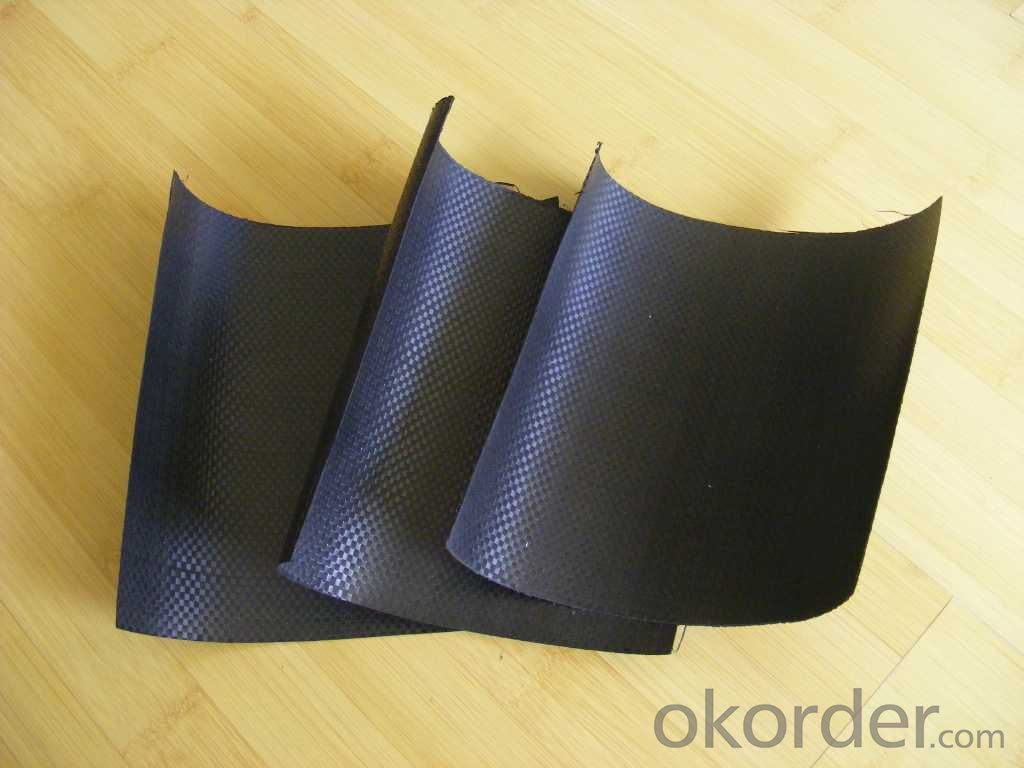- Understanding the Role of Geomembrane Liners in Waste Management
- Innovations in Geomembrane Liners for Water Management
- Geomembrane Liners: A Comprehensive Guide
- The Future of Geomembrane Liners in Civil Engineering
- Geomembrane Liners: Enhancing Landfill Stability
Manager:
WhatsApp:+86 177 0135 2670
Tel:+86 177 0135 2670
Email:marketing@okorder.com
Address:3rd Floor, No.2 Building, No.1 Sanlihe Road
The Use of Geomembrane Liners in the Construction of Industrial Basins
Geosynthetics, a broad term that encompasses a variety of synthetic materials used in various construction projects, have become increasingly popular in recent years. Among these materials, geomembranes, also known as geosynthetic liners, have proven to be particularly useful in the construction of industrial basins. These thin, flexible layers made from polymers such as polyethylene, PVC, or EPDM, are designed to provide a barrier to the passage of fluids and gases, making them ideal for use in applications where containment and protection are paramount.

The Role of Geomembrane Liners in Industrial Basins
Industrial basins are large-scale structures used for a variety of purposes, including the storage of water, chemicals, and other industrial byproducts. Given the nature of these substances, it is crucial to ensure that the basins are constructed in a way that prevents leakage and contamination of the surrounding environment. This is where geomembrane liners come into play. They act as a waterproof barrier, preventing any unwanted seepage into the ground and safeguarding the integrity of the basin's contents.
Material Choices and Their Benefits
When it comes to selecting the right geomembrane for an industrial basin, material choice is a critical factor. Polyethylene, for instance, is known for its flexibility and durability, making it a popular choice for many projects. PVC, on the other hand, offers excellent chemical resistance, which is particularly important in applications involving corrosive substances. EPDM, with its outstanding resistance to UV radiation and ozone, is ideal for outdoor applications where the liner will be exposed to sunlight for extended periods.
Installation: A Step-by-Step Guide
Installing a geomembrane liner is a meticulous process that requires careful planning and execution. Here's a simplified step-by-step guide to give you an idea of what's involved:
1. Site Preparation: The first step is to ensure that the site is ready for the installation of the liner. This involves grading the area to provide a smooth, stable surface that will support the liner.
2. Subbase Installation: A layer of compacted material, such as sand or clay, is placed over the prepared site to create a subbase. This layer helps to distribute the load and prevent punctures in the liner.
3. Geomembrane Placement: The geomembrane is then carefully unrolled and positioned over the subbase. It's important to handle the material with care to avoid any damage that could compromise its effectiveness.
4. Seaming: Once the liner is in place, the edges must be joined together using specialized techniques such as welding or adhesives. This is a crucial step, as any gaps or weaknesses in the seams could lead to leaks.
5. Testing: After the seams have been completed, the liner is tested for leaks using various methods, such as air or water pressure tests, to ensure its integrity.
6. Final Covering: Finally, the liner is covered with a protective layer, such as soil or concrete, to shield it from damage and the elements.
The Importance of Regular Maintenance
While geomembranes are designed to be long-lasting, they are not immune to wear and tear. Regular maintenance is essential to prolong their lifespan and ensure continued performance. This includes routine inspections for signs of damage, as well as prompt repairs to any areas that may be compromised.
The Future of Geomembrane Liners
As technology advances, so too does the development of new materials and techniques for the construction of industrial basins. Innovations in geomembrane materials are making them more durable, flexible, and resistant to environmental factors. This bodes well for the future of industrial basin construction, as these liners continue to be a vital component in the protection of our environment and the containment of industrial substances.
Conclusion
In conclusion, geomembrane liners play a crucial role in the construction of industrial basins, providing a reliable barrier against leakage and environmental contamination. With the right material selection, careful installation, and regular maintenance, these liners can offer years of dependable service. As we look to the future, the ongoing advancements in geomembrane technology promise to further enhance their effectiveness and application in industrial settings.
- Previous:Geomembrane Liners: A Protective Layer for Industrial Chemical Storage
- Next:The Role of Geomembrane Liners in the Construction of Industrial Reservoirs
-
2024-12-05Geomembrane Liners: A Comprehensive Guide






